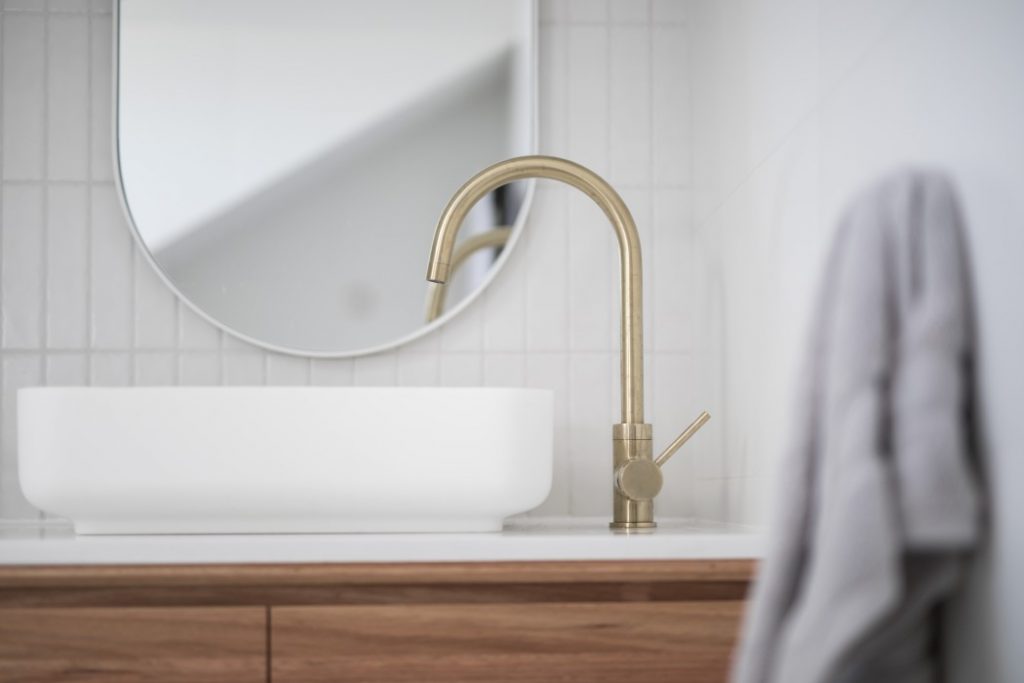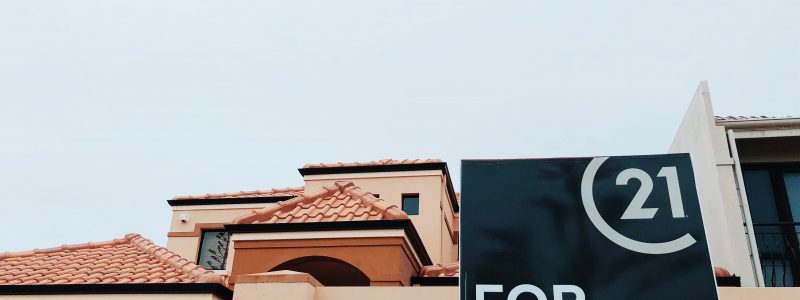The hidden things to look for when buying property
- Inspecting a property thoroughly before buying can help stop any unwanted surprises.
- Look for potential issues with ceilings and roofs.
- Check under sinks for the condition of hoses and pipes.
Buying a house or apartment can be an overwhelming experience without having to worry about potential issues (and costs) that could pop up after the sale. Especially for first home buyers where the experience of buying your first home and be daunting, hidden issues with properties you’re looking at purchasing can easily go unnoticed.
So by taking the time to inspect the property thoroughly in areas you can and making sure you get an inspection by a qualified building inspector (not always mandatory but highly recommended) is critical to ensuring you buy the right property for you that’s not full of hidden problems and existing damages and you save on costly repairs or insurance claims down the line.
Some key areas of a property to check for hidden problems include:
Lookup for signs of trouble
Ceiling issues including their structural integrity can be easily overlooked, especially when purchasing older homes or units on the top floor of apartment buildings. Look for cracks, sagging and any issues with cornices, especially where the plaster sheets join together as these can be key indicators there are potential problems hiding above.
Also, look for water damage and signs of mold, as this could indicate there are more serious issues going on. Visibile water issues can show up in a number of ways including:
- discolouration and stains (usually copper, yellow, or brown colourings);
- peeling, cracking or peeling of paint of the ceiling’s surface;
- sagging and bulging of drywall; and
- visible signs of mold and mildew and an odour.
If there are any visible signs and smells of potential water damage or issues with the ceiling, get the internal roof inspected and any internal walls that could also be impacted and damaged.

Check under the sinks in cupboards
Another area that gets easily overlooked when inspecting the home is the condition of the hoses and plumbing under the sinks in areas like kitchens, the laundry, and bathrooms. In particular, look at Flexi hoses that have been installed and check their condition.
Flexible hose types tend to break and rupture, causing water the flood the house or apartment, meaning you could be up for thousands in floor replacements or excess to cover your insurance.
Check for visible signs of wear, like rusting, holes or twisted hoses. Be sure to check the conditions of the pipes and the cupboards themselves to ensure that there are no signs of water leakage or damage on the cupboards, walls or flooring.
Damp smells could also indicate there are signs of mold and mildew present, which could indicate water issues.

Don’t forget the roof and cavities
The condition of the roof can give away how well the property has been maintained. Be sure to check the conditions of the tiles or roofing material, and ensure the roof lines are straight and not showing any visible issues if you’re able to inspect the external roof.
Also, look for rust and corrosion of the gutters and also check the eaves for any discolouration, which may indicate the downpipes are blocked or rusted internally.
Related: How to make a successful property investment
Next steps
Taking a few extra steps when inspecting the property you want to buy can save you headaches and money down the line. It also gives a strong indication of how the property has been maintained over the years if you’re buying existing properties.
If you have any questions, don’t hesitate to comment below or reach out to us on our Facebook page.









0 Comments